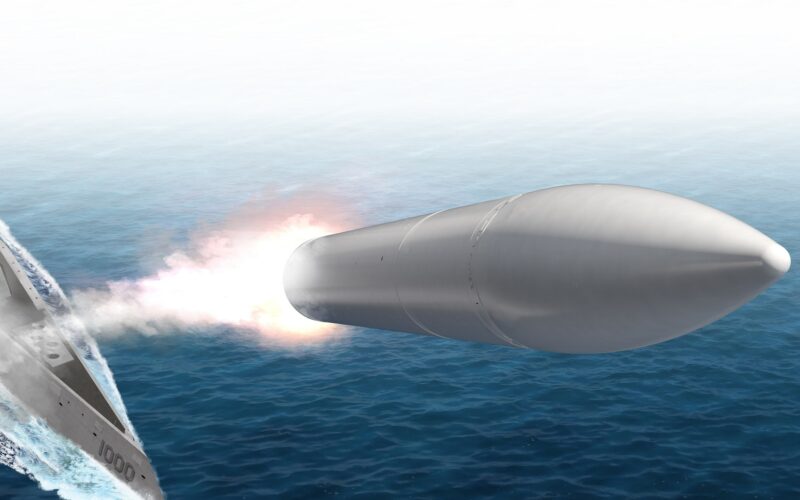The United States Navy awarded Lockheed Martin a $1.1 billion contract to develop a hypersonic strike capability at sea.
The manufacturer will integrate the Conventional Prompt Strike (CPS) weapon system onto the US Navy’s Zumwalt-class stealth guided-missile destroyers. The contract could be worth over $2 billion if all options are exercised.
“Lockheed Martin continues to advance hypersonic strike capability for the United States through this new contract,” said Steve Layne, vice president of Hypersonic Strike Weapon Systems at Lockheed Martin, in a press release. “Early design work is already underway. Our team looks forward to supporting the warfighter by providing more options to further protect America at sea.”
The weapon was developed concurrently with the Long-Range Hypersonic Weapon for the US Army. Its deployment within the Navy could eventually apply to submarines such as the Ohio-class ballistic missile submarine.
Provide the US’ first sea-based hypersonic strike capability
The CPS is a boost-glide weapon, meaning that once the booster helps the warhead to reach its cruise speed, the warhead detaches and starts maneuvering towards the target at hypersonic speeds, avoiding countermeasures. The weapon can achieve speeds in excess of Mach 5 (over 6,100 kilometers per hour).
Lockheed Martin is also developing a similar missile for the US Air Force. Called the AGM-183 Air-Launched Rapid Response Weapon (ARRW), its first operational prototype was successfully tested on December 9, 2022.
Hypersonic missile technology has become a priority for the United States military with the emergence of similar weapons in the arsenals of other world powers, such as Russia and China.
In January 2023, the re-entry into service and subsequent travel of the Russian frigate Admiral Gorshkov, armed with Zircon scramjet-powered hypersonic cruise missiles, was closely monitored by NATO countries.

